Thermostats typically have several wires; it is not always easy to tell them apart. You might want to turn on your emergency heat in the cold winter months. Knowing how it works involves knowing which wire controls it behind the scenes. This is why we asked experts this question, and here's their answer.
The emergency heat wire is not easily distinguishable by color as the color varies from one manufacturer to the other. Noting which wire is inserted into the terminal marked "E" is the best way to spot the emergency heat wire.
There is more to know about your thermostat's emergency heat setting and how to maximize your thermostat's heat functionality. Read on to learn our well-researched findings.
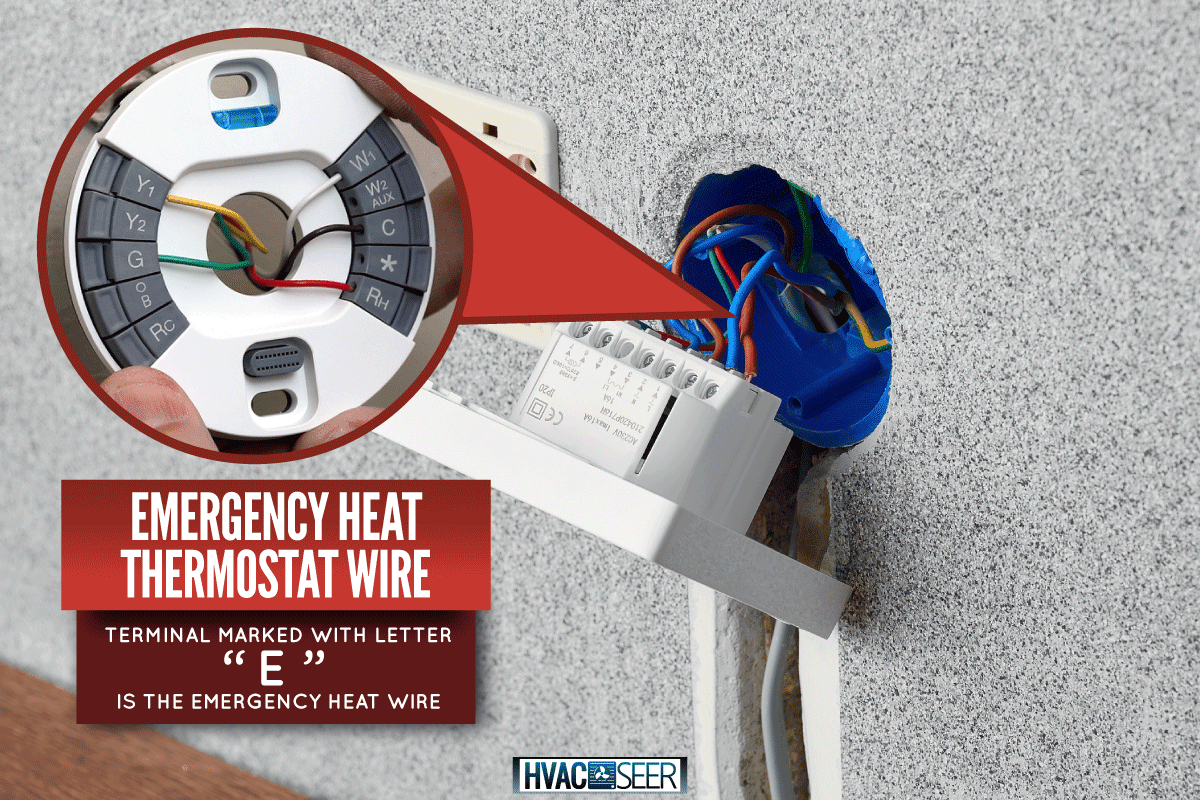
What is Emergency Heat?
Thermostats typically have two heat sources: primary heat and secondary heat. Primary heat is generated from the heat pump installed outside and is the thermostat's first port of call in supplying your home with heat.
In actual fact, the heat pump is not generating heat but extracting heat from the outdoor air and directing it indoors. However, when outside temperatures fall below 35 degrees Fahrenheit, the secondary heat source - usually a gas furnace or electric heat strip - automatically kicks in to help.
In some thermostats, this is indicated as aux or auxiliary heat, where heat is sourced from both primary and secondary sources. Emergency heat, as the name implies, is a setting for emergency situations only.
Just like you don't use emergency exits as regular passageways, emergency heat should only ever be turned on in emergencies where the heat pump is damaged or the compressor is non-functional.
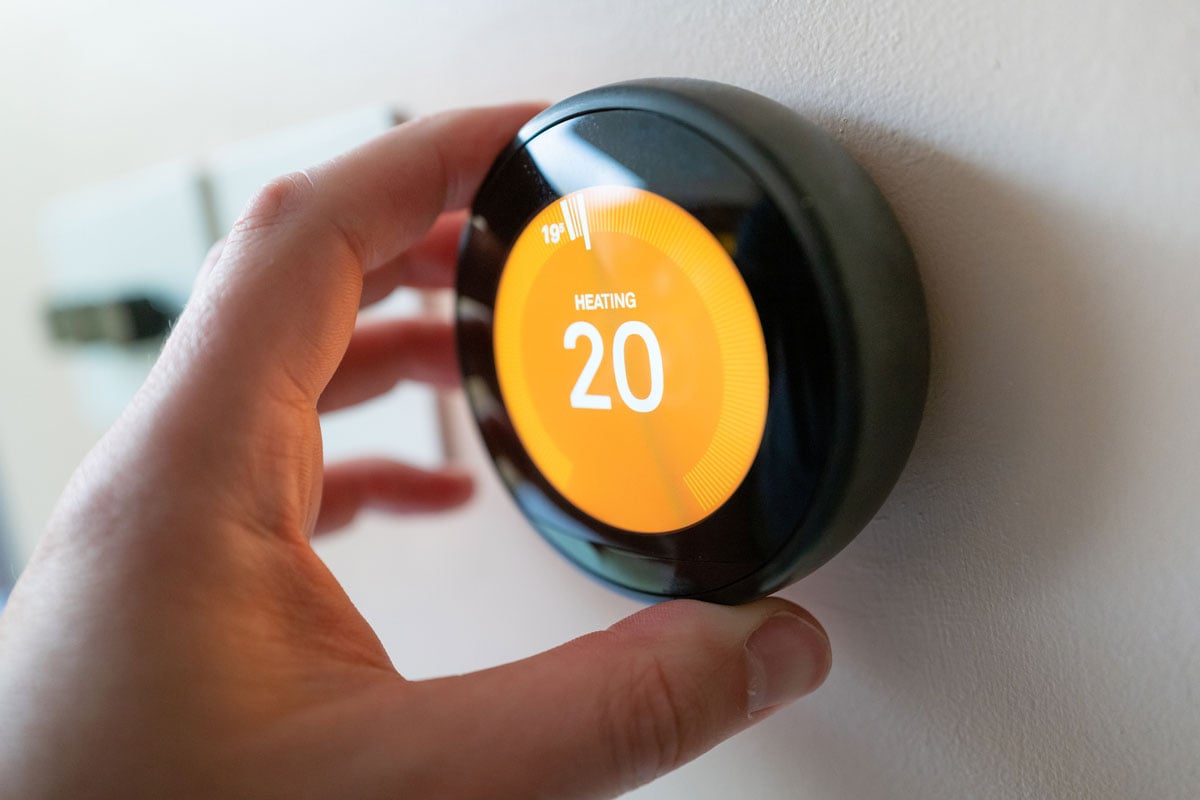
Damage to the heat pump is more common than you might think. Because the heat pump is located outside, it is susceptible to freezing over in extremely cold temperatures, which might cause damage.
While on the emergency heat setting, the thermostat is running solely on the secondary source as the heat pump is shut off. Note that your thermostat consumes a lot more energy in this setting than in the aux setting.
Which Thermostat Wire Is Emergency Heat?
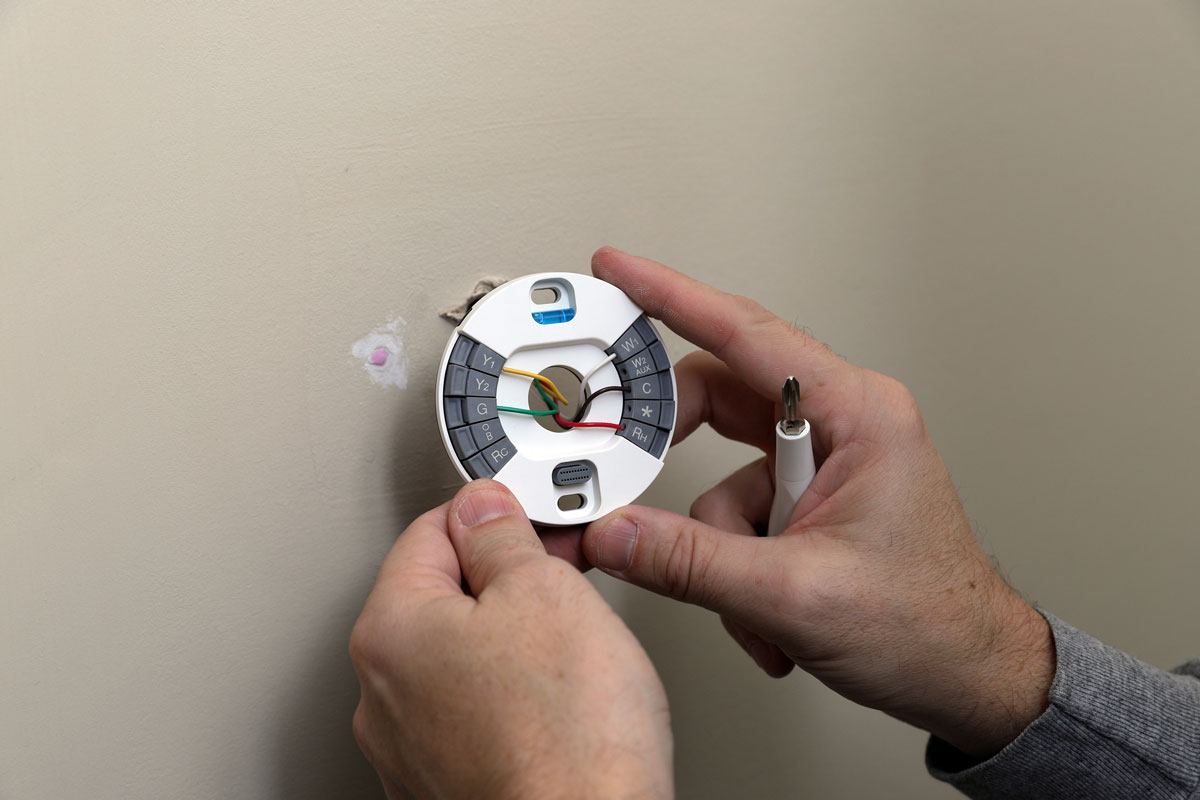
The heat pump of your thermostat is fitted with a number of wires that all need to be connected to the thermostat for it to function properly. It would definitely come in handy to be able to distinguish the emergency heat wire from the rest.
The emergency wire is the "E" wire. A good idea is to note the wire inserted into the "E" terminal on the thermostat's wall plate. You could take a picture before attempting to take out any wires.
What Color Is The Emergency Heat Wire on a Thermostat?
A color code is considered the standard in most thermostat systems. This is essential to make installations and repairs easier, especially since the thermostat manufacturers are not typically involved in installing them.
Interestingly, however, there is no universally agreed color for emergency heat. It all would depend on the manufacturer of your thermostat's heating pump and, of course, your installer if they did their own rewiring.
Is The RC Wire The Same as C?
The "RC" wire powers the cooling function of your thermostat, and generally, the "R," "RH," and "RC" wires power your thermostat's heating and cooling systems.
The "C" wire is unrelated to any "R" wires, including the "RC" wire. The "C" stands for common wire, which serves a function entirely different from the "R" wires.
Thermostats were previously on/off devices that did not always stay on. Batteries were thus sufficient to power them, and the "R" wires supplied the power from the batteries to the thermostat.
With the advent of smart thermostats that are intended to be continuously on due to their increased functionalities, the need for a continuous power supply to the thermostat became necessary. Enter the "C" wire.
While the "R" wires provide the power, the other wires in the thermostat need to be able to connect back to the control board to complete a circuit. The "C" wire acts as a return path for these wires. It is this circuit that ensures continuity of power supplied to the thermostat.
Do note that not all smart thermostats need a "C" wire. Models without the "C" wire can get by on batteries. Please refer to your thermostat's owner's manual to confirm whether it can work continuously without a "C" wire.
So, while the "R" wires power the heating and cooling functions of the thermostat, the "C" wire, if your thermostat has one, is the reason your thermostat stays on continuously.
What Does W1 and W2 Mean on a Thermostat?
The "W" wires control the heating function of your thermostat. While the "RH" wire provides the power needed for heating, the "W" wire controls the heat. When your thermostat senses the need for more heat, the "W" wire sends the required signal to your HVAC system.
Your thermostat could have a single "W" wire or two "W" wires: the "W1" and "W2" wires. If your thermostat has both, it has a two-stage system. "W2" is the second stage, and on extra cold days, it warms up the house faster.
Does White Wire Go to W1 or W2?
The white wire is the "W" wire. This is easy if you have just a single "W" terminal on your thermostat. Some confusion is understandable when you have both "W1" and "W2" terminals and a single white wire. If this is the case, simply insert the white wire into the "W1" terminal. You'll likely also see a brown wire. That goes into the "W2" terminal.
What Are R and RC On The Thermostat?
Depending on the preference of the manufacturers of your thermostat, your thermostat could have an "R" wire or both "RC" and "RH" wires. The "R" wires are meant to power your thermostat. If you have just an "R" wire, it powers both the heat and cooling functions of your thermostat using a singular transformer.
Where, however, you have both "RH" and "RC" wires, "RH" powers the heating system while "RC" powers the cooling system, with both wires using different transformeds. A good way to remember this is to note that "RH" stands for "red heating" while "RC" stands for "red cooling."
How Do You Jump a Thermostat For Heat?
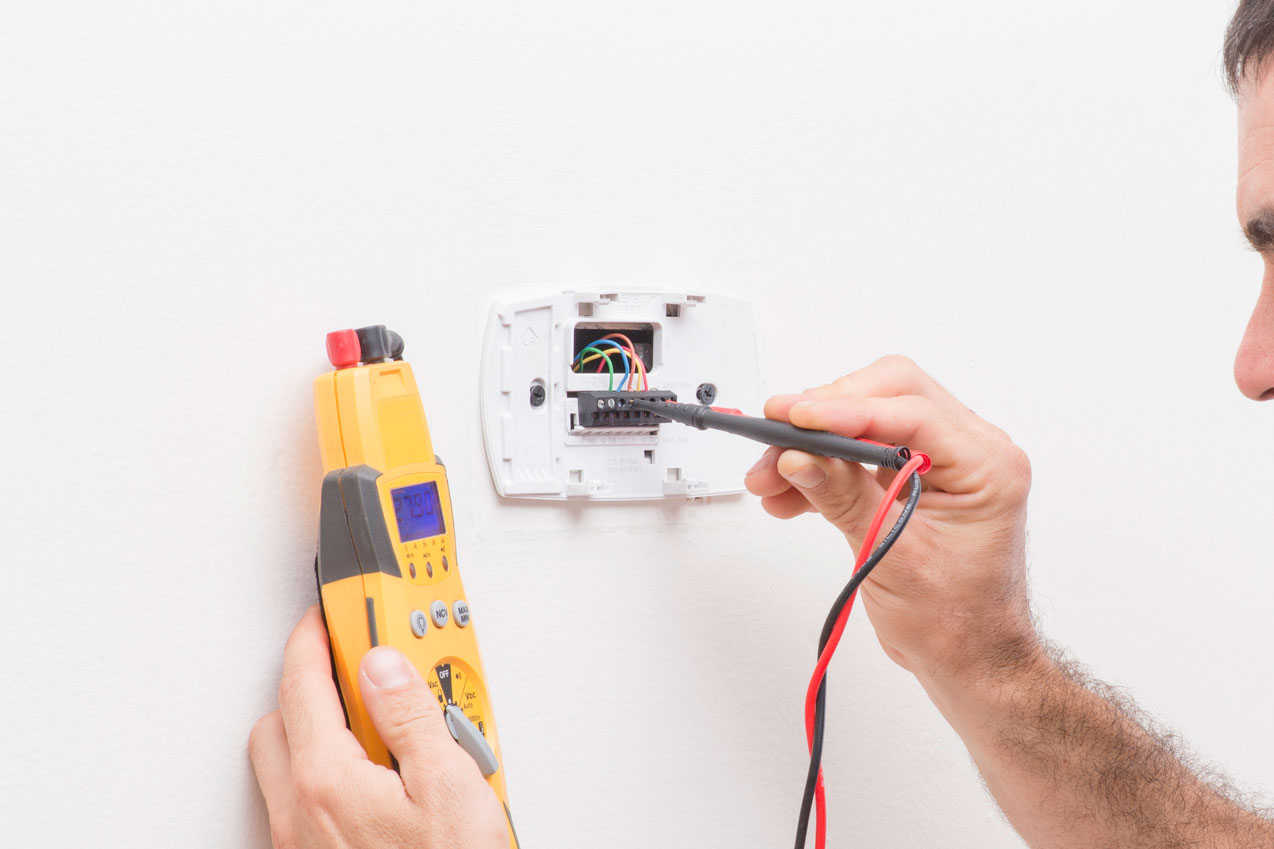
Knowing how to remedy such days would come in handy when your thermostat malfunctions. A surefire way to get the heat back on is to jump/bypass your thermostat.
Most thermostats are made up of the outer body in front and the wall plate. To access the wires, you have to take off the front. You might have to unscrew it if your thermostat is screwed to the wall.
While your thermostat has a 24-volt system which is unlikely to cause any serious electric shock, it's advisable to turn the power off before handling the thermostat wires.
Your thermostat turns heat on by connecting the "R" wire to the "W" wire. Remember that "R" powers the heating and cooling functions while "W" controls the heat. You need to connect the ends of these two wires to jump the heat. There are several tools you can use for this.
Magnetic jumpers
Magnetic (or "mag") jumpers consist of two points connected to a single wire. Simply insert one end to the "R" terminal and the other end to the "W" terminal.
Thermostat wire
A piece of thermostat wire with each end exposed will serve you well here. Holding the insulated part of the wire, firmly insert each exposed end to the "R" and "W" terminals, respectively.
Alligator jumpers
These can be used in a similar manner as mag jumpers where the terminal screws are larger.
Check out Evertech MagneticPro magnetic jumper wire on Amazon.
You can also take out the "R" and "W" wires and twist them into a wire nut. The important thing is to connect the ends of the "R" and "W" wires together. If you do any of these and no heat is felt, the issue might be with the control board and not the thermostat itself.
What Happens if You Wire a Thermostat Wrong?
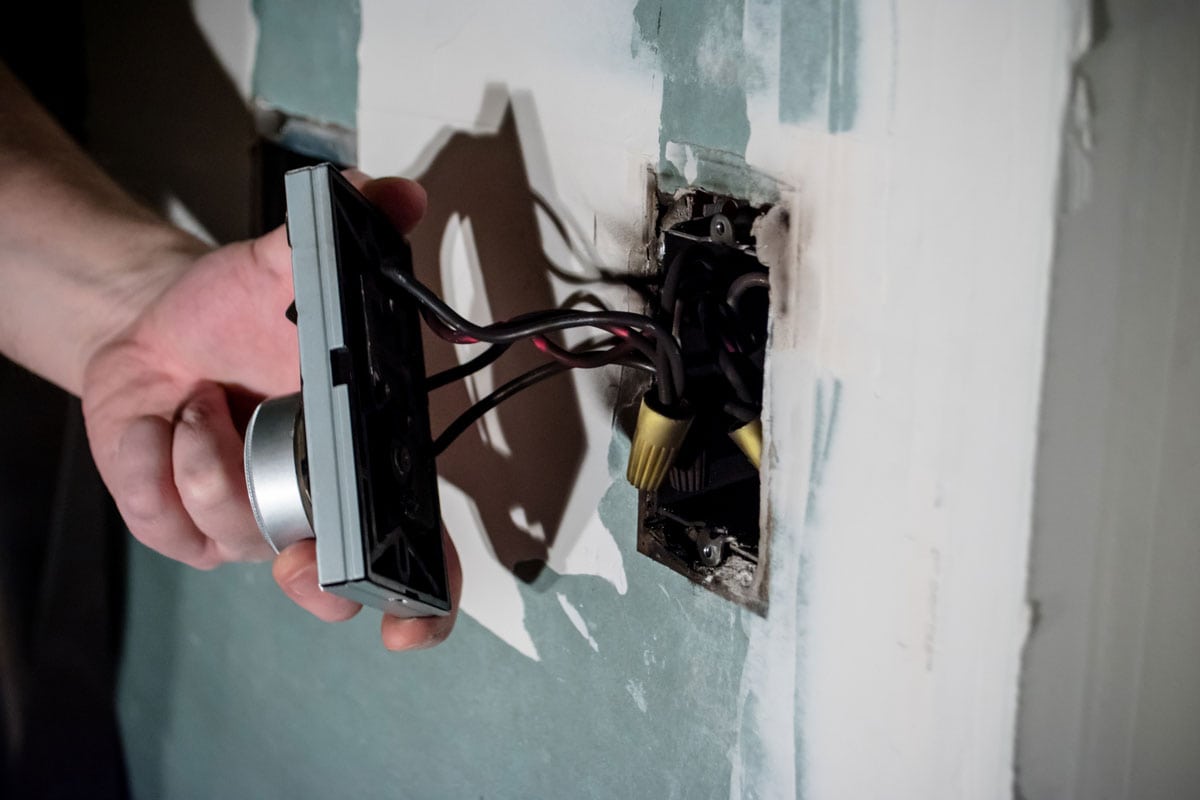
If you set up your thermostat and match the wires to the wrong terminals, your thermostat system will not work properly. One wire-terminal mismatch is sufficient to cause issues.
Issues that may arise from wrong wiring are an uptake in energy consumption, uncomfortable and/or oscillating temperature in the home, or a totally non-functional thermostat system.
To Sum Up
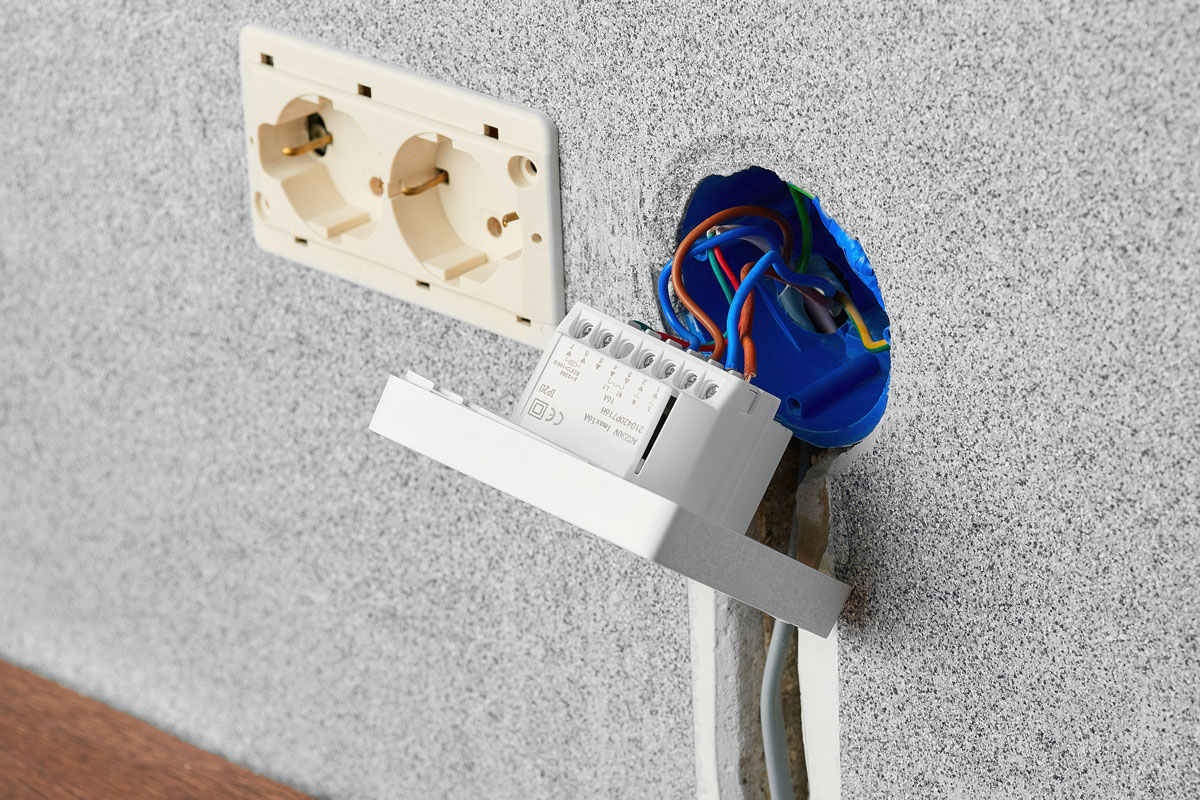
If your thermostat is not warming up the house at all despite being turned on, you might want to jump it for heat. Remember when working with your thermostat that the wires must be appropriately matched to the corresponding terminals. A rule of thumb is to take a picture of the wiring before making any changes.
For more information about emergency heat and thermostats, check out these engaging articles:

